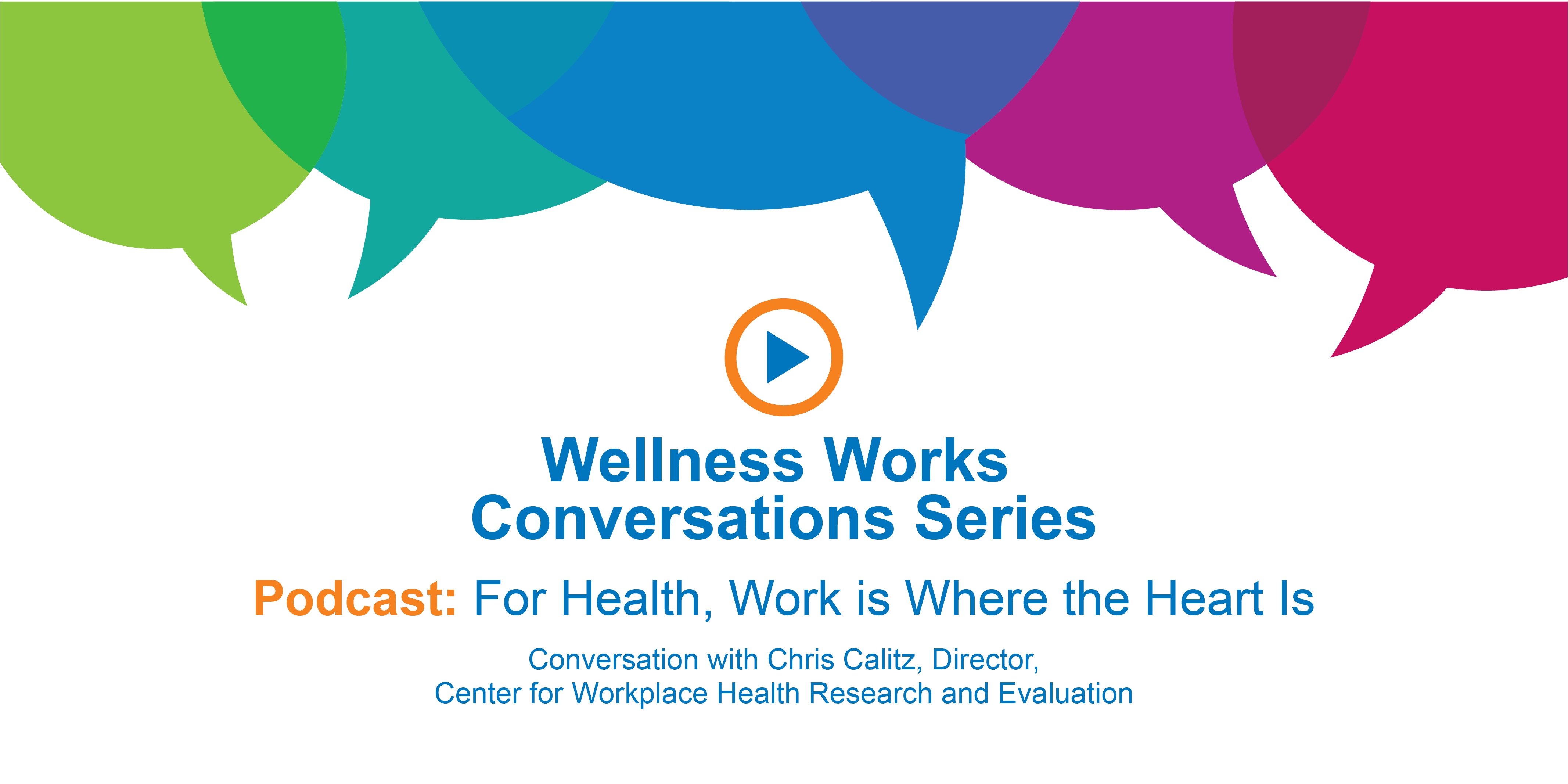Transparency is extremely important to us, so we are letting you know that we may receive a commission on some of links you click on from this page. See our disclaimer.
Jim Clifton, Chairman and CEO of Gallup, posts a piece on LinkedIn that shows how businesses can learn from our healthiest cities.
According to Clifton, people who live in the Top 10 cities for well-being are “better connected to their community, have better financial stability and physical health, and have a higher sense of purpose.”
Further: “These high well-being cities tend to exhibit many shared characteristics, including lower chronic disease rates, lower incidence of obesity, more frequent exercise, less smoking, and a more positive outlook on their community. These commonalities demonstrate a consistent, mutual foundation upon which the top well-being cities attain and maintain their status as standard bearers of well-being in America.”
Clifton states that “If every one of America’s biggest companies – those with 10,000 employees or more – got serious about the well-being of their employees and matched the well-being of our nation’s top 10 cities in just two areas (obesity and smoking), we would collectively net $21.8 billion in reduced healthcare costs and improved productivity.”
How can business executives gain this value?
- “First, understand that the key elements impacting an employee’s day-to-day life go well beyond physical health and include factors like financial stress, social relationships, work environment, and community involvement.”
- “The most effective strategies drive awareness around all facets of well-being; help employees develop specific goals to improve their individual well-being; provide them access to resources; and foster ongoing engagement, motivation, and encouragement.”
- “Companies that have engaged their employees this way have seen not only lower healthcare costs and improved productivity, but also lower rates of absenteeism and turnover.”



0 Comments